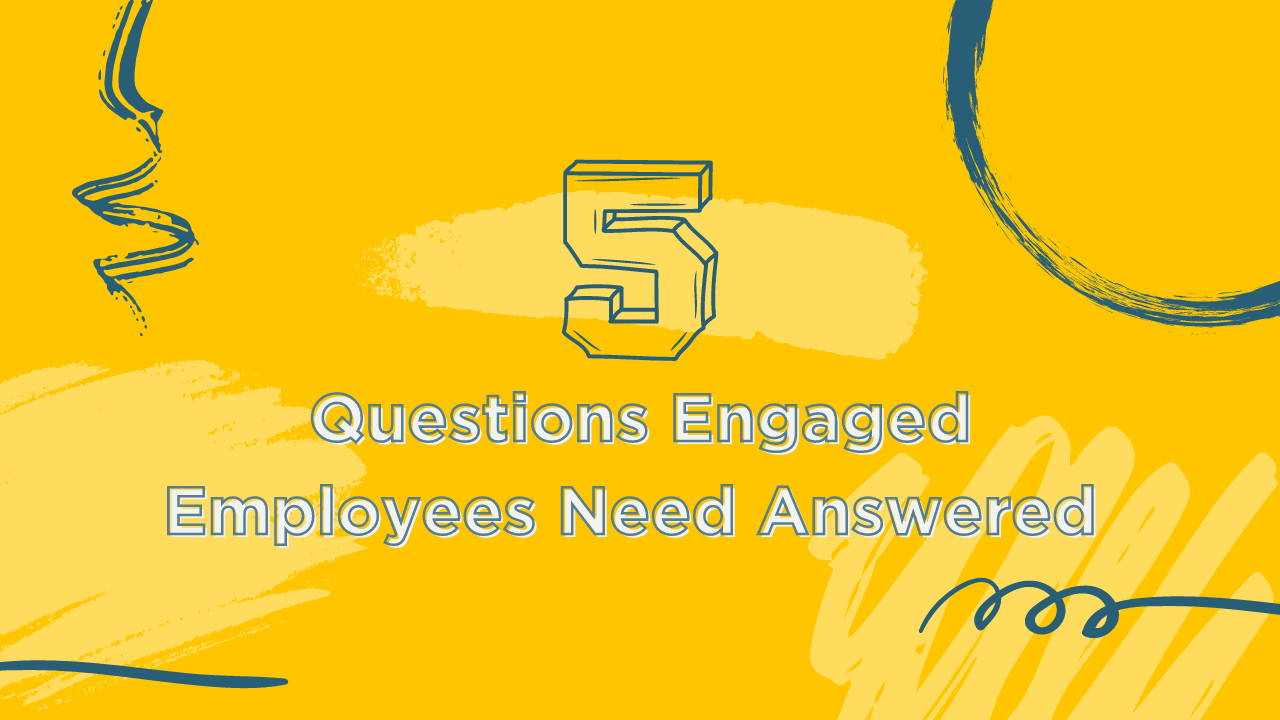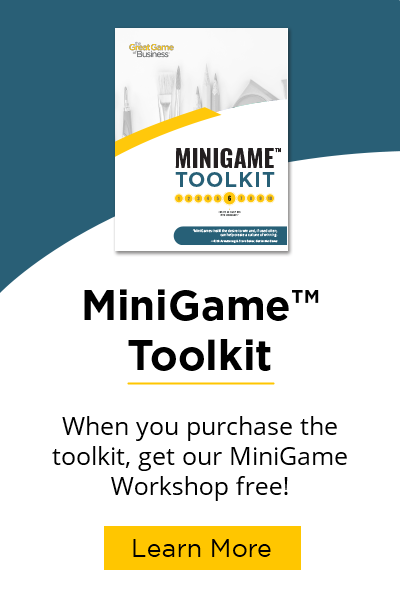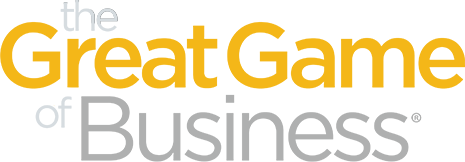 Sharing information with employees is the foundation of an ownership culture. But too often old (and flawed) cultural beliefs conflict with an ownership culture and result in more confusion and fear about employee information sharing than advancing the company’s goals.
Sharing information with employees is the foundation of an ownership culture. But too often old (and flawed) cultural beliefs conflict with an ownership culture and result in more confusion and fear about employee information sharing than advancing the company’s goals.
Mark Lewis and I have been leading our software company since 1998 and formally adopted Great Game of Business (GGOB) practices in 2005. As the good book says (Jack Stack on GGOB), we began by teaching all employees how to run a business, including what information we should pay attention to in order to keep us growing in the right direction. We also experimented with the notion that teaching everyone how their personal efforts connect with company goals would get us there faster. Along the way, of course, we have shared a lot of business information that is not shared in most companies.
So how do we know this approach works? Our company operates in a very competitive niche market in the software business with competitors that are much better capitalized than we are. In 1998, we started this trip as one of the “also rans” that competed for the smaller customers at the low end of the market. Today, even without the advantage of the capital resources enjoyed by the competitors at the top of our market, we consistently win business against the largest competitors and we are one of those players today. Lesson learned: capital is great but engaged employee-owners are more sustainable and competitive.
There is a tremendous difference between an organization that shares information based on how high a person is on the organizational totem pole versus an organization that trains everybody about what’s important to the success of the company and gives them the information necessary to make a direct contribution toward those goals. So what are the advantages of information sharing with employees? What types of information are necessary to support an ownership culture?
Though not all-inclusive, here’s a list of 5 questions you should answer for your employees:
1. What makes the company run?
Teaching employees how your company runs respects their contribution and gets them engaged in the success of the company at a much deeper level than just doing their job.
2. What are the long-term and short-term goals?
Presumably you are goal driven so all your employees should be goal driven too. Everyone needs to know what the plan is. In fact, once they learn how the company runs, engage them in the process of planning and goal setting they’ll have a better chance of achieving those goals.
3. What’s the best way to contribute to those goals?
Teach and share information about how each employee’s job contributes to each goal and they will help you get there faster.
4. What’s the best way to measure progress toward company goals?
You look at financials because it helps you understand how the company is doing and whether you are making progress toward your goals. So, if you agree that you’ve asked your employees to help you achieve those same goals, they need the same information for the same reason.
5. What’s the best way for each employee (or team) to measure their contribution toward company goals?
The best accelerator for employee or team contribution to goals is giving them access to information that enables them to measure their own contribution toward company goals.
------
Tenmast Software's James Mauch & Mark Lewis shared more of their personal insights on The Magic & Myths of Sharing Information with Employees in their breakout session at the 22nd Annual Gathering of Games in 2014 in St. Louis, Missouri.
Learn more about the Gathering of Games by visiting the conference website.
.png)







.png)




-5.png)

